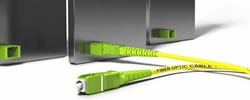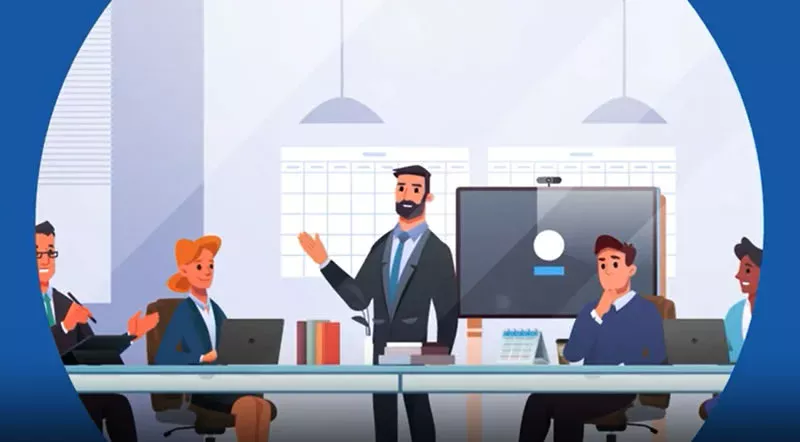What Is Cable Ingress
Every cable operator deals with cable ingress. Cable systems use radio frequency, or RF signals to provide video, telephone, and broadband internet services across the world. “Cable ingress” is the term used to describe a situations when indications are that a signal was disrupted somehow due to a lack of integrity in the closed RF network. Ingress can be caused by many issues, such as subscribers who install improper equipment like cheap splitters, or a break in an outside cable drop or a loose connector on an amplifier. Ingress describes the internal effect of such issues. An external result can be signal leakage, where the RF signal “leaks” and can be detected externally.
Signal leaks can be caused by loose connectors, damaged equipment, flawed cables, or cables that are unterminated. If you notice a disruption in the RF signal, it is important to identify the cause of cable ingress promptly to ensure that the connection can be restored. Ingress can disrupt multiple services using the same frequencies, causing even more disruptions across your network. Signal leakage can result from such cable ingress.
What are the FCC rules governing signal leakage?
The FCC sets all rules pertaining to signal leakage levels for cable systems, and providers are responsible for inspecting all cables routinely to ensure leaks are located and repaired in a timely manner. In areas where aeronautical and navigation communications may be interfered with, the limits of acceptable leakage are more stringent.
Why is it essential to determine leakage?
Identifying signal leakage is essential for ensuring your network stays connected. If you are experiencing cable leakage in one area of your connected network, it can negatively affect service for devices further down the line, as leakage can be an indicator of cable ingress. Identifying and diagnosing this cause of cable ingress will ensure every device on your network is getting its full service.
Spectrum analyzers are the most common device used to test a network’s connectivity. This device helps identify noise from outside frequencies, showing signal leakage somewhere along the cable’s system. While it helps identify a leak, a spectrum analyzer cannot pinpoint the location.
Testing your network to find the location of your cable ingress and potential signal leakage can be a lengthy process, as it requires unplugging devices and sections of your cable system and checking the signal across various locations. Newer tools, like DOCSIS Proactive Network Maintenance technologies, can help identify what is causing cable ingress, along with the approximate location of the leak, helping make repairs faster with less trial and error.
Promptlink’s Network NoiseHawkAI takes this analysis even further, as the noise generated by cable ingress can be localized and proactively sent to cable technicians using the NoiseHawkAI tool. NoiseHawkAI provides a hands-off, fully automated way to locate cable ingress and other sources of cable network noise, preventing signal leakage across the cable network.
Contact us today to consult with our professionals on a properly scaled solution to meet your needs.
What is Wi-Fi 7? The New, Faster Standard
Trends in Set-Top Box Deployments
How Network NoiseHawkAI Is Changing Network Monitoring
Deciding if Automated Testing is Right for Your Application
Using AI Technology to Automate Pinpointing Upstream Noise
Pandemic-Related Component Shortages and the Impact Across the Broadband Industry
What is Wi-Fi 6 and Why is It Important?
What is CPE and Why Does It Matter?
Rural Broadband and FCC Expansion Explained
The Challenges of Monitoring Upstream Noise in a Remote PHY Environment
Why Promptlink Automated STB Solution is Right for You
What is broadband network noise and why is it difficult to find?
How Do You Measure Network Health and Performance









